Orpheus & Else oder die Überfülle des Lebendigen, 2015
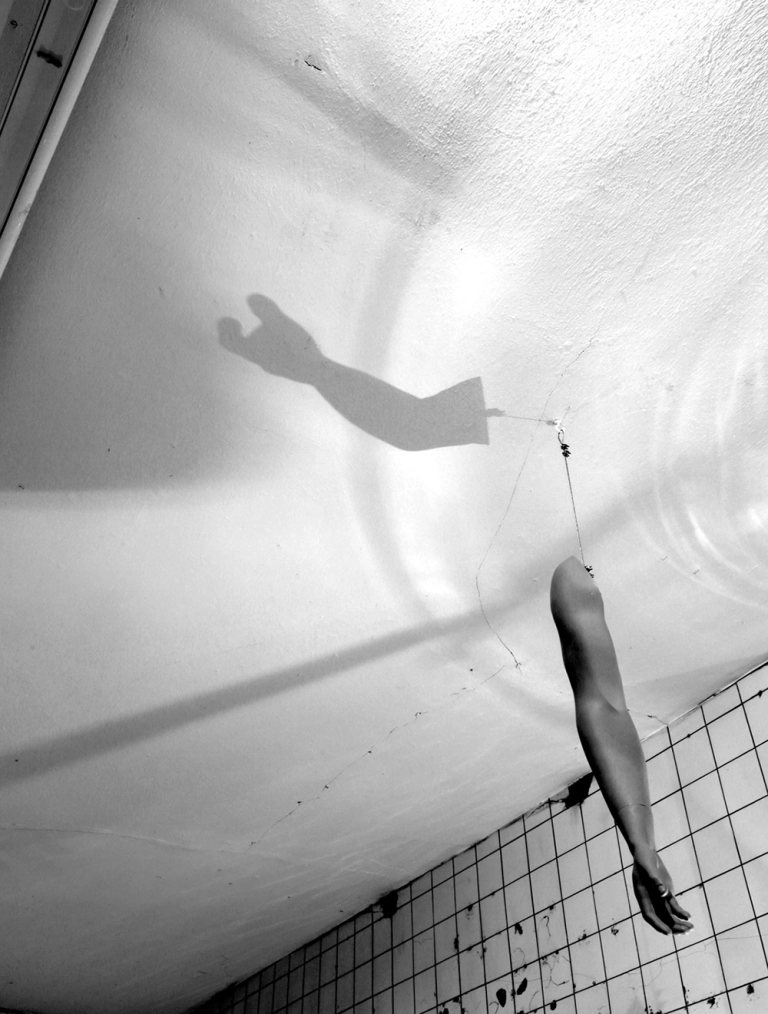
Die Tiefe gibt ihr Antlitz nicht preis, sie enthüllt sich nur, indem sie sich im Werk verbirgt.
Maurice Blanchot, Der Blick des Orpheus
In this work I deal with the work of the artist and psychiatry patient Else Blankenhorn (1873-1920) in relation to the myth "Orpheus and Eurydice". The paper works shown in the installation are copies of Else Blankenhorn's work. The video projection shows the sky over the abode of Blankenhorn, the Sanatorium Bellevue in Switzerland, in an one-hour loop.
This work was created in collaboration with Doris Noell-Rumpeltes (†), Prinzhorn Collection, Heidelberg and Atelierfrankfurt
This work was created in collaboration with Doris Noell-Rumpeltes (†), Prinzhorn Collection, Heidelberg and Atelierfrankfurt
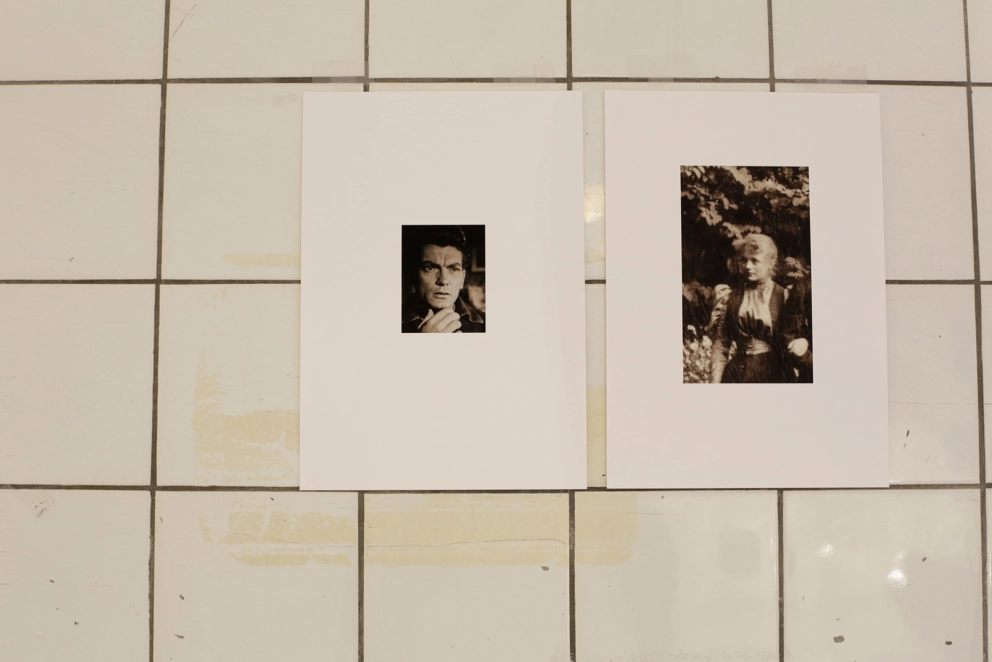
…Dass Orpheus zurückblickte (respicere), war kein einmaliger Akt mit all seinen tragischen Konsequenzen. Indem er sich das erste Mal umwendet, um nach der hinter ihm gehenden Eurydike zu sehen, setzt er eine Wiederholung in Gang, die sein eigenes Selbst für immer ändert. Die „bessere Stimme“ des Dichters, der einen so schmerzlichen Verlust erfahren hat – durch den Tod eines geliebten Menschen öffnete sich plötzlich eine Lücke in der Ordnung des Realen –, ist eine Stimme, die ihre eingebildete Selbstgenügsamkeit verloren hat. Um Zugang zu der Dimension zu erlangen, in der Tod und Leben nicht mehr zu unterscheiden sind, muss das Subjekt sein gewohntes stabiles Selbst auflösen und willens sein, unentwegt an der Erschaffung eines neuen Selbst zu arbeiten, das in seiner Struktur die Anwesenheit des Anderen akzeptiert. Von Francesco Giusti mehr…
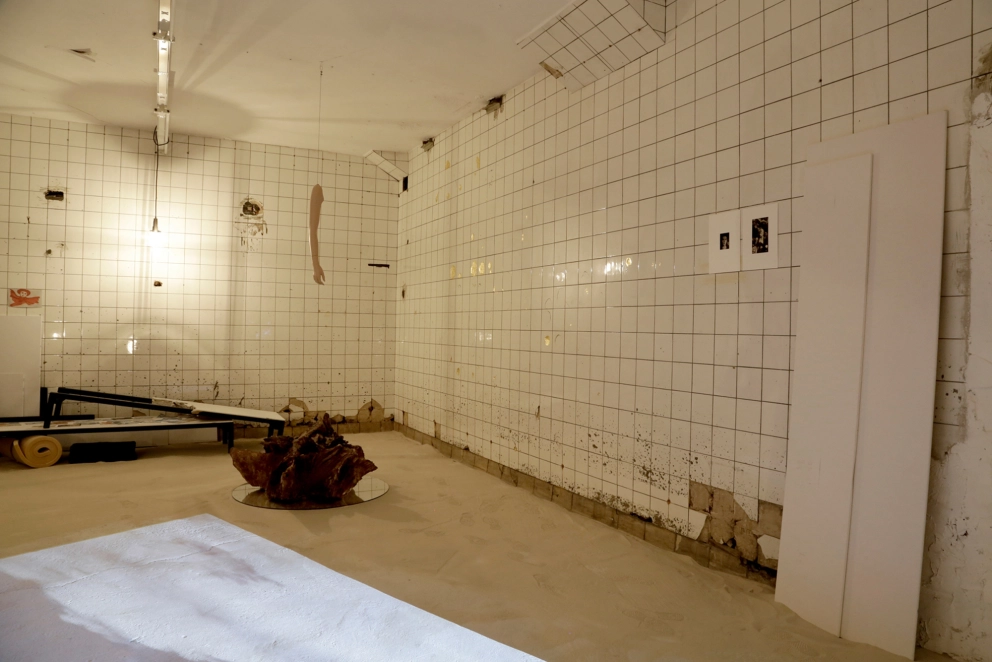
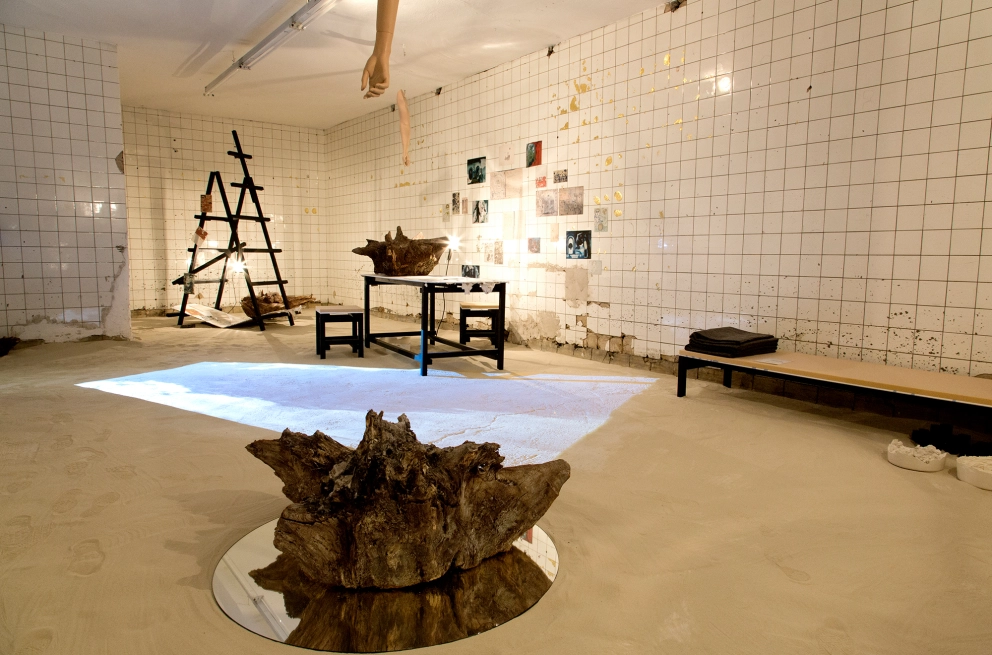
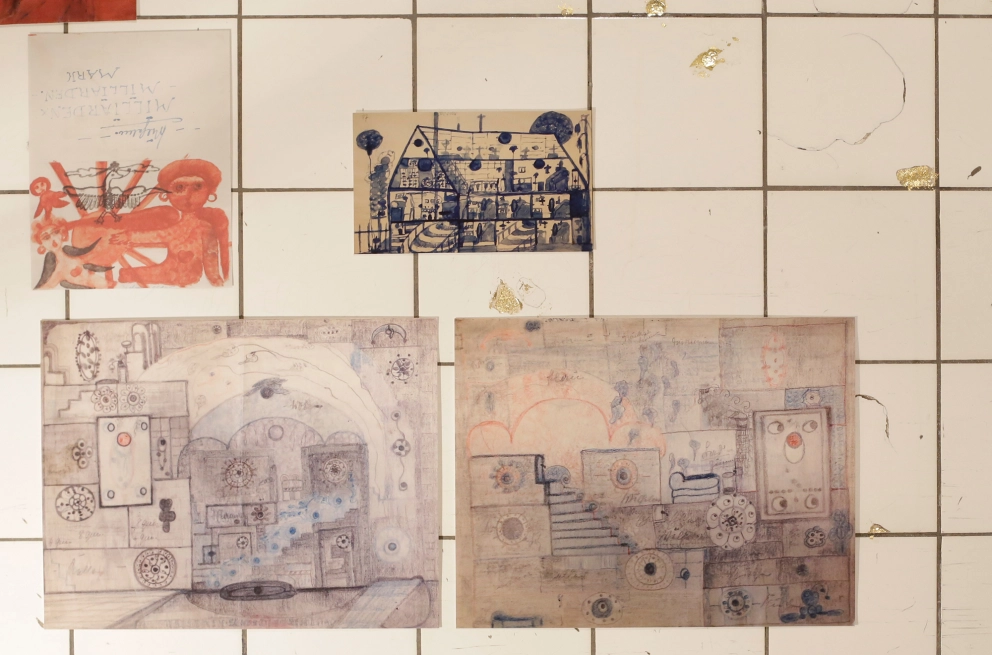
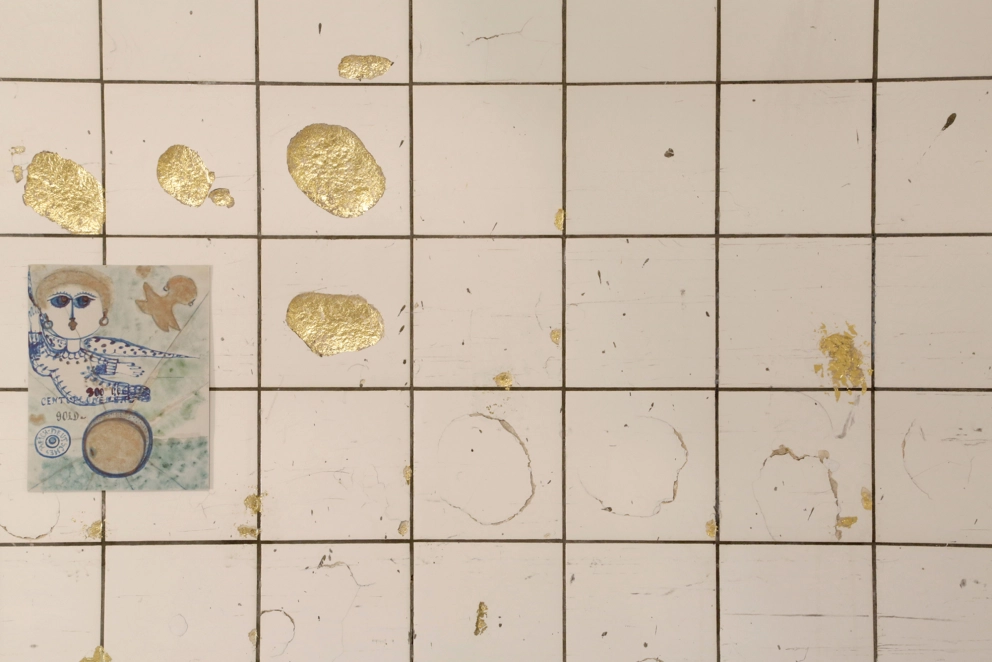
… She inscribes her own work in the work of an extraordinary female Orpheus, the German painter and poet Else Blankenhorn. We soon see how this Orpheus is also Eurydice; it could not be otherwise. In a sort of inherent recursiveness, the contemporary artist opens her act of inscription also to the viewer. As we step slowly into her installation, we find ourselves in a room where the work of creative memory is active all around us. The sand on the floor both preserves the visitor’s footprints and gives him/her the soft sensation of going into another realm. It is an inner but concrete dimension in which the act of memory is not just the intentional recovery of some more or less forgotten past, but a peculiar possibility of creation which (every time) recognizes itself as an individual act that is positioned at the point of conjunction with someone else’s creative acts. By Francesco Giusti read more
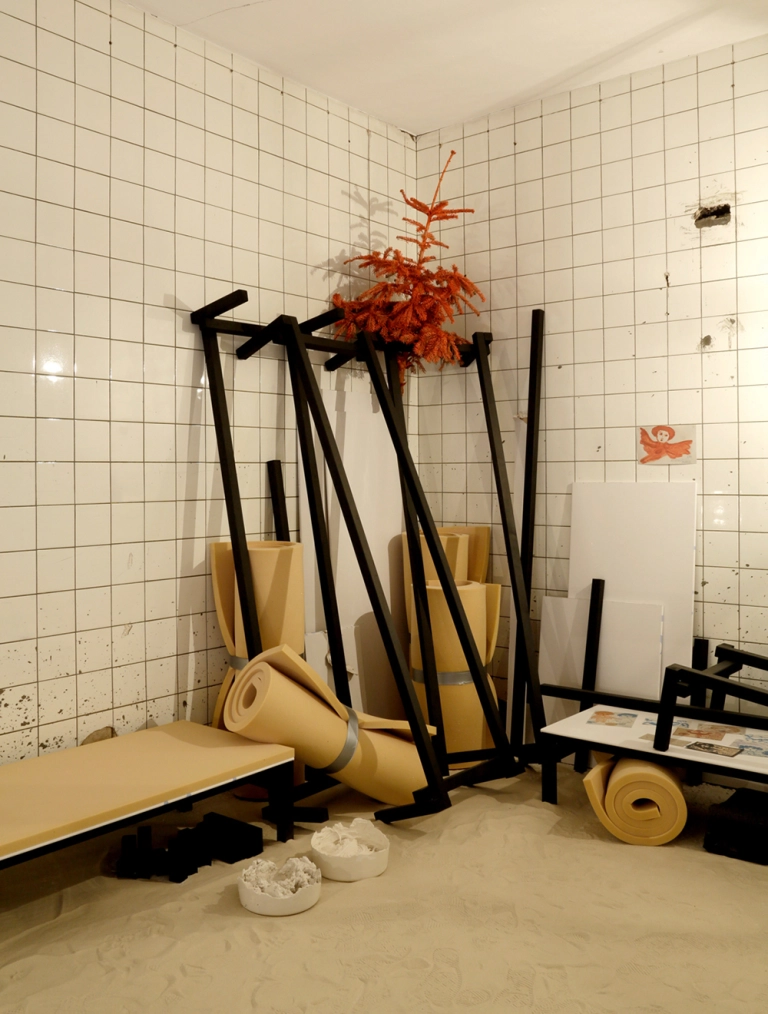
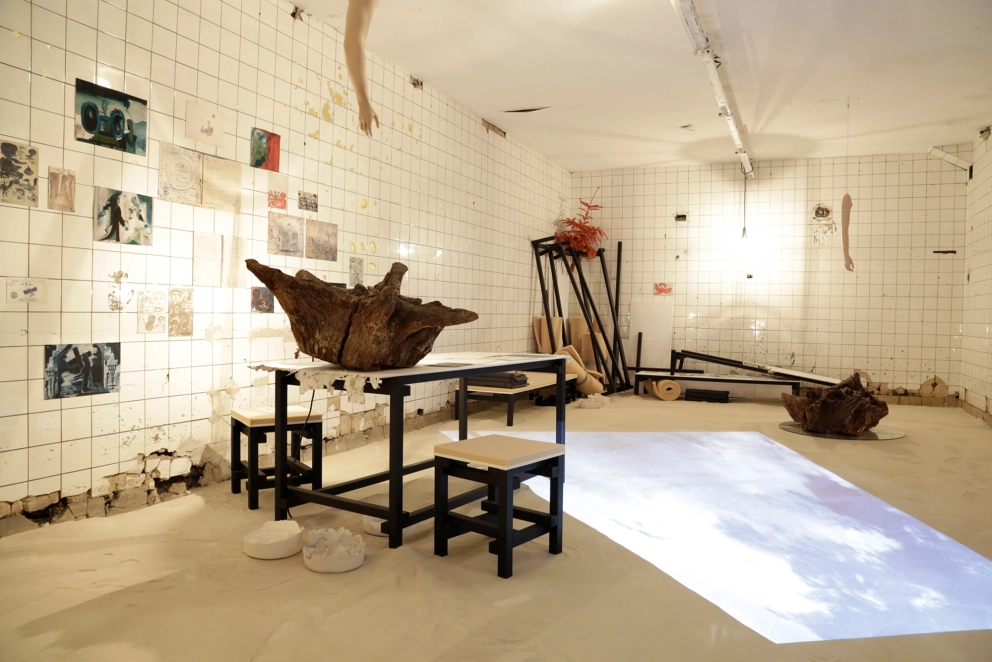
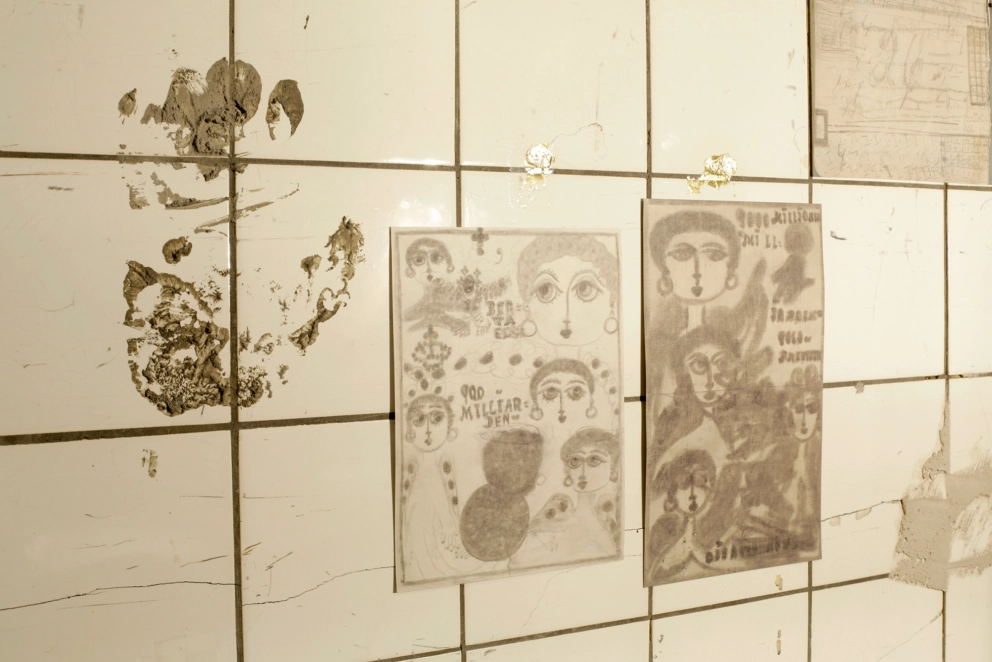
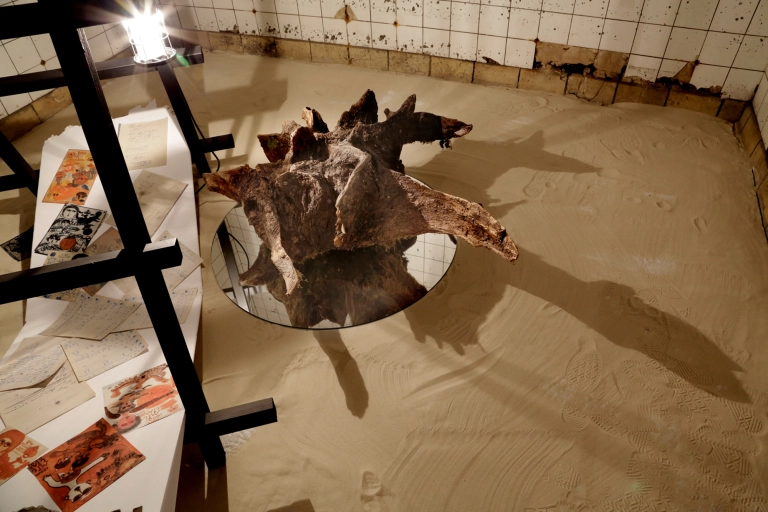

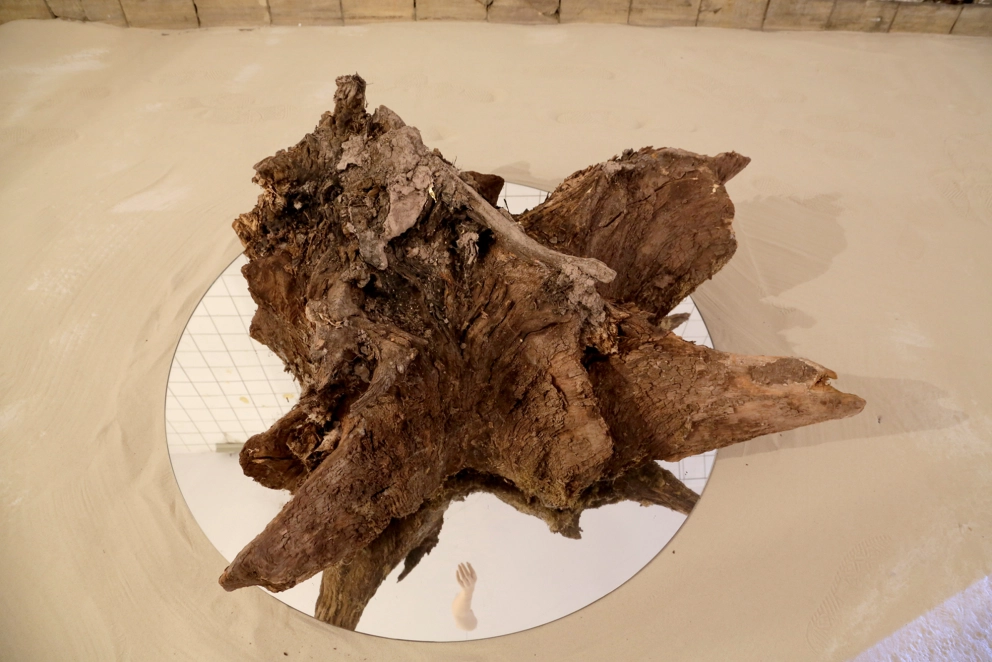
black painted wood, blankets, building site lamps, copies of works by Else Blankenhorn, coloured fir tree, female and male arm of mannequins, foam, gaffa tape, gold dust, gold leaf, mirrors, plaster, plasterboards, portraits of Jean Marais as Orphée and Else Blankenhorn, quartz sand, tree roots, video projection
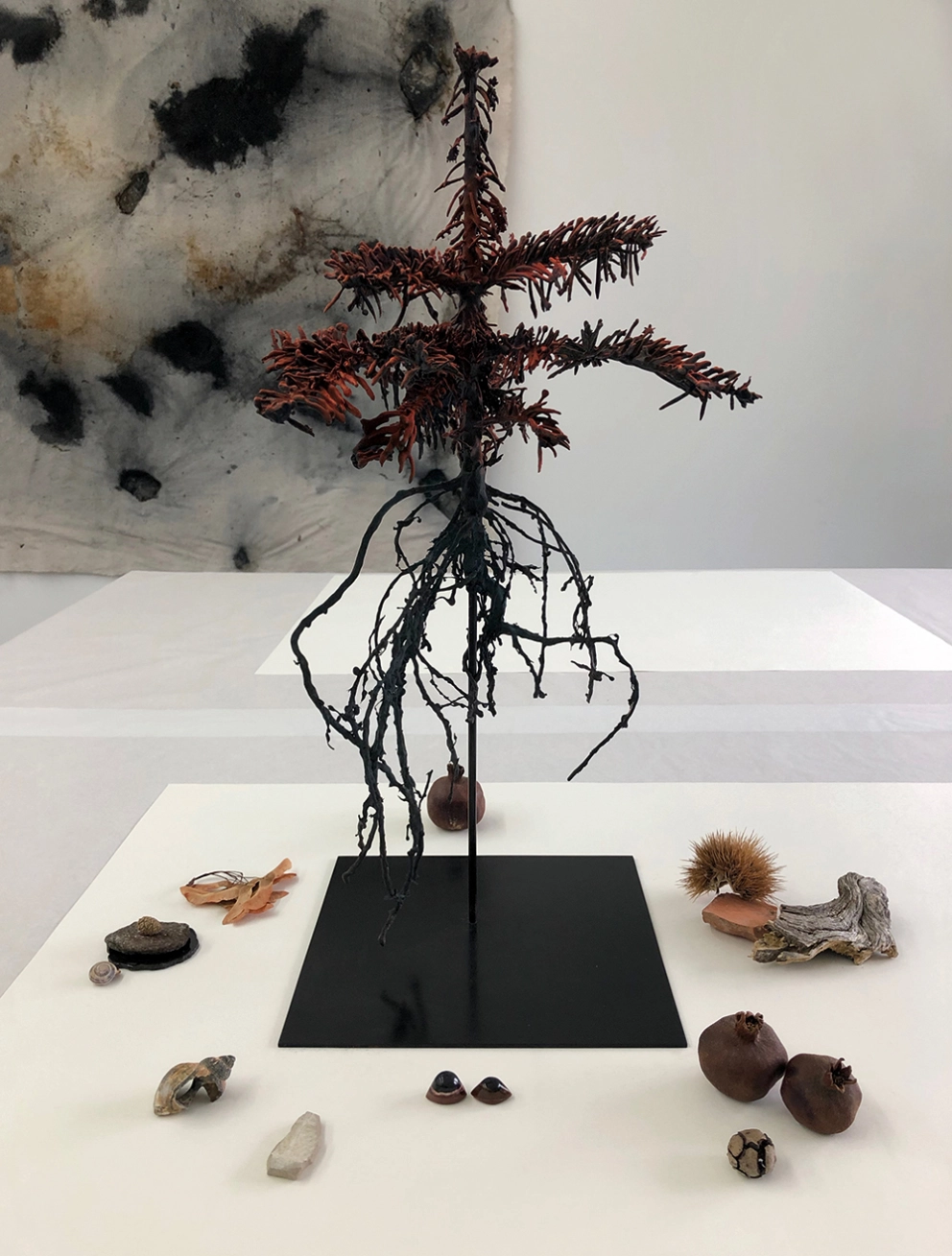
bronze, colour
60 x 26,5 x 25 cm
with various found objects
(studio view, 2021)